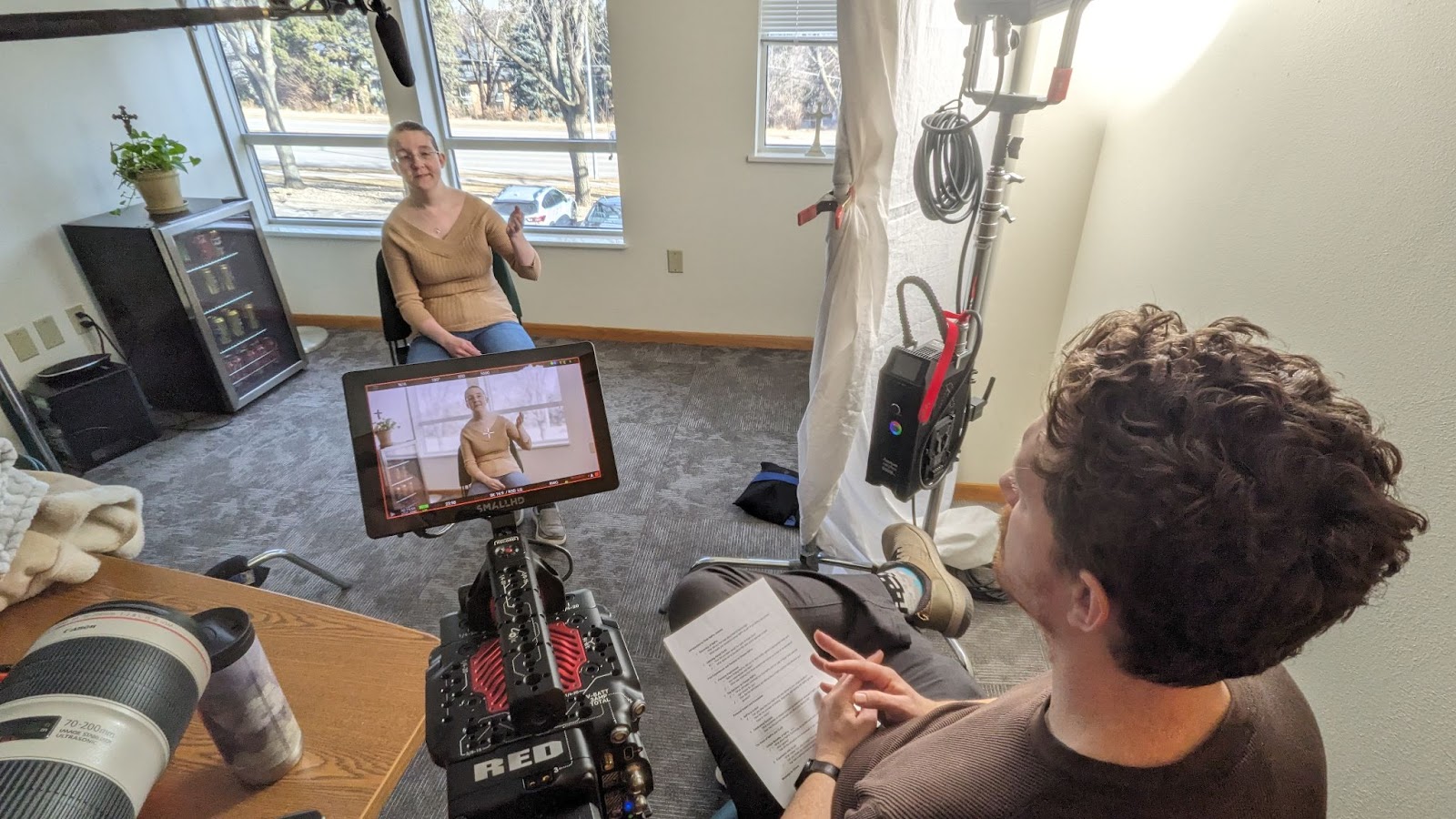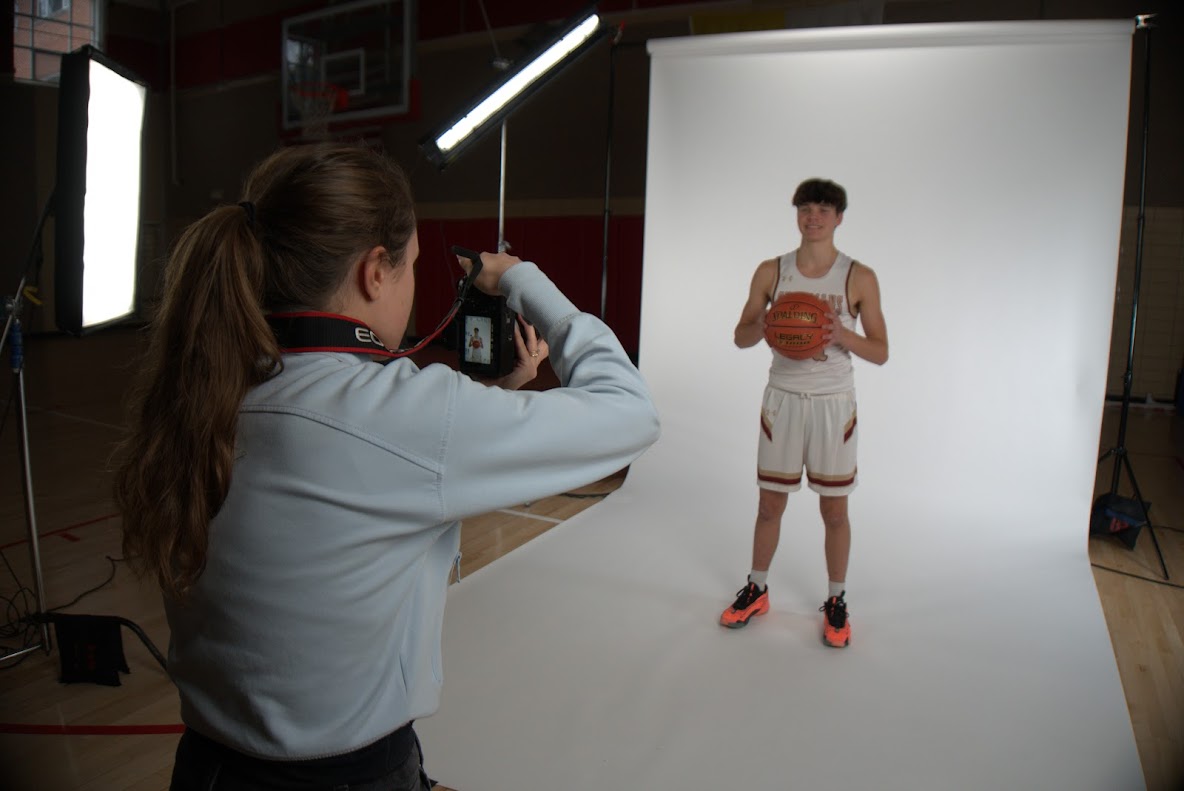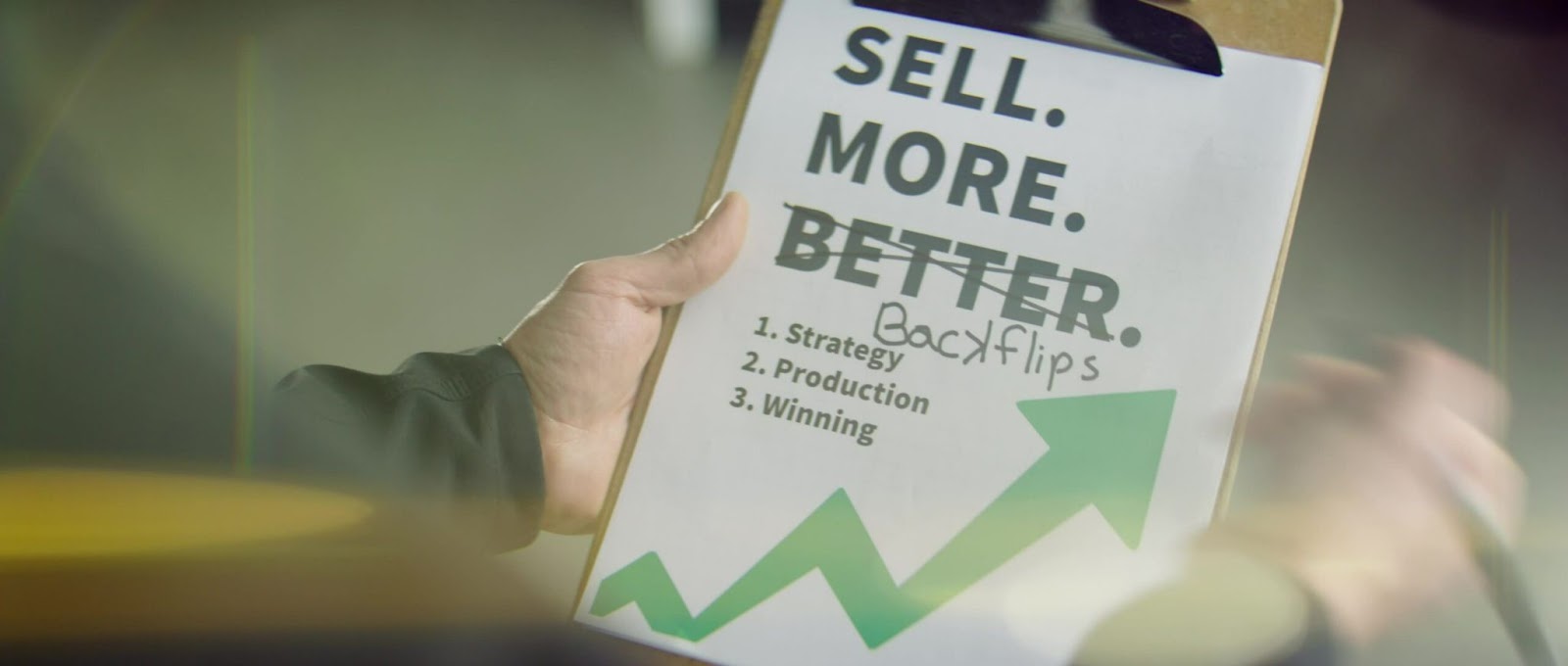Why Visual Storytelling is Key to Brand Success
Why Visual Storytelling is Key to Brand Success
In today’s digital landscape, capturing audience attention is more challenging than ever. Brands that stand out don’t just sell products—they engage in brand storytelling to convey their identity, mission, and customer-focused approach. And when it comes to storytelling in marketing, visual storytelling is the key to leaving a lasting impression.
From social media feeds to websites and advertising campaigns, visual content strategy is at the heart of modern brand communication. In this article, we’ll explore why visual storytelling enhances brand success, how leading brands are using it, and the best storytelling techniques you can implement today.
What Is Visual Content Marketing?
Visual storytelling is the use of images, videos, graphics, and other visual elements to convey a brand’s message. Creating visual content that is tailored to specific platforms and accessible for individuals with disabilities is crucial. It goes beyond just creating attractive content—it’s about crafting an emotional connection that resonates with your audience. Rather than simply presenting facts, brands use storytelling to immerse consumers in an experience. This strategy allows brands to communicate their mission, values, and personality in a way that is both engaging and memorable.
For example, brands like Nike, Apple, and Airbnb use video storytelling to immerse viewers in experiences rather than simply advertising their products. Whether it’s Nike inspiring athletes through powerful imagery or Airbnb showcasing authentic travel experiences, these companies use visual storytelling to establish trust and create emotional bonds with their audience.
The Science Behind Visual Storytelling
Visual storytelling is a powerful tool that leverages the human brain’s ability to process visual information more efficiently than text-based information. Research has shown that the brain processes visual information 60,000 times faster than text, making visual storytelling an effective way to capture and retain audience attention.
The science behind visual storytelling can be broken down into several key elements:
- Visual perception: The brain’s ability to process visual information is closely linked to the way we perceive the world around us. Visual storytelling taps into this ability, using images, colors, and other visual elements to convey meaning and emotion. This allows marketers to communicate complex messages quickly and effectively.
- Emotional connection: Visual storytelling has the power to evoke strong emotions in audiences, from empathy and compassion to excitement and inspiration. This emotional connection is critical in creating a lasting impression and driving engagement. When viewers feel something, they are more likely to remember the brand and take action.
- Memory and recall: Visual information is more easily remembered than text-based information, making visual storytelling an effective way to communicate complex information and ensure it is retained by audiences. This is particularly useful in content marketing, where the goal is to make a lasting impact.
By understanding the science behind visual storytelling, marketers and content creators can harness its power to create compelling visual narratives that engage, inspire, and motivate their target audience.
Elements of Effective Visual Storytelling
Effective visual storytelling requires a combination of several key elements:
- Clear message: A clear and concise message is essential in visual storytelling, providing the foundation for the narrative and ensuring that the audience understands the key takeaway. Without a clear message, even the most beautiful visuals can fall flat.
- Compelling visuals: High-quality visuals are critical in visual storytelling, capturing the audience’s attention and conveying the message in a way that is both engaging and memorable. Investing in professional photography, videography, and graphic design can make a significant difference.
- Emotional connection: Creating an emotional connection with the audience is essential in visual storytelling, using storytelling techniques to evoke feelings and create a lasting impression. This can be achieved through relatable characters, dramatic arcs, and authentic moments.
- Interactive elements: Incorporating interactive elements, such as animations, videos, and gamification, can enhance the visual storytelling experience, increasing engagement and driving audience participation. Interactive content invites viewers to become part of the story, making the experience more immersive.
- Brand identity: Consistent branding is critical in visual storytelling, ensuring that the narrative is aligned with the brand’s values, mission, and overall identity. This includes using a signature color palette, typography, and imagery style that are instantly recognizable.
By incorporating these elements, marketers and content creators can create effective visual stories that engage, inspire, and motivate their target audience.
Why Visual Storytelling Enhances Brand Success
Capturing attention quickly is one of the biggest advantages of visual storytelling. In an era of short attention spans, visual marketing is crucial. Studies show that people process images 60,000 times faster than text, making visuals the fastest way to communicate complex messages. Additionally, interactive infographics can effectively present both simple and complex data sets, inviting users to explore information dynamically. A striking image, engaging video, or compelling infographic can immediately draw viewers in and make them more likely to engage with a brand’s message.
Boosting engagement on social media platforms is another reason visual storytelling is so effective. Platforms like Instagram, TikTok, and Facebook thrive on social media storytelling. Brands using high-quality videos, graphics, and infographics see significantly higher engagement than those relying on text alone. Consumers are far more likely to like, share, and comment on visually appealing posts, increasing brand visibility and reach.
Building emotional connections is at the heart of successful branding. Emotional branding is a powerful driver of customer loyalty. A well-crafted visual narrative can evoke trust, excitement, or nostalgia, making consumers feel more connected to your brand. People remember how a brand makes them feel more than they remember a tagline or slogan. By incorporating authentic, emotion-driven visuals, brands can foster long-term relationships with their audience.
Improving brand recognition is another key benefit. Consistent use of visual storytelling techniques strengthens brand identity. Think of Coca-Cola’s red and white branding or McDonald’s golden arches—strong visuals make a brand instantly recognizable. Using a signature color palette, imagery style, or video aesthetic helps a brand become more memorable and stand out from competitors.
Driving higher conversion rates is where visual storytelling becomes a direct business asset. Visuals aren’t just for engagement—they boost conversions. Studies reveal that videos on landing pages can increase conversion rates by up to 80%. When consumers connect emotionally with a story, they are more likely to take action. Whether it’s clicking a call-to-action, making a purchase, or subscribing to a newsletter, well-crafted visuals guide users toward desired outcomes.
Best Strategies for Compelling Visual Stories for Brands
Using high-quality video storytelling is one of the most impactful ways to engage an audience and effectively communicate a brand’s story. Investing in professional video content allows brands to showcase their journey, highlight customer testimonials, or demonstrate product benefits in an engaging format. Platforms like YouTube, Instagram Reels, and TikTok are excellent for distributing compelling brand stories. Short, snackable videos can quickly capture attention, while longer-form content can deeply immerse viewers in a brand’s mission and values.
Leveraging infographics and data visualization can make complex information more digestible. A well-designed infographic enhances brand success by making content more shareable and memorable. Instead of overwhelming audiences with raw statistics, brands can present key insights in a visually appealing format that is easy to understand and engage with. This is particularly useful for B2B companies, financial institutions, and health and wellness brands.
Creating behind-the-scenes content fosters transparency and authenticity. Consumers love seeing the human side of a brand, whether it’s the process behind product creation, a day in the life of employees, or candid moments that showcase company culture. These insights help strengthen brand identity through visuals and build trust. Brands that let customers peek behind the curtain often cultivate a stronger emotional connection and a more loyal following.
Utilizing social media storytelling is essential for brands looking to engage their audience daily. Instagram Stories, TikTok clips, and Facebook videos provide dynamic ways to interact with consumers in real time. These formats encourage two-way communication, allowing brands to showcase their personality, share updates, and invite user participation. With social media algorithms favoring video content, prioritizing visual storytelling can significantly increase reach and engagement. Additionally, integrating visual content can enhance a brand’s visibility in search engine results pages.
Staying consistent with your brand’s visual representation is crucial for maintaining a cohesive brand identity. Using a signature color palette, consistent typography, and a recognizable imagery style across all platforms reinforces brand recognition. Whether a customer sees a social media post, an email campaign, or a website banner, they should instantly associate the visuals with your brand. Consistency builds credibility and strengthens the overall impact of visual storytelling.
Measuring Visual Content Success
Measuring the success of visual content is critical in understanding its impact and effectiveness. Key metrics to track include:
- Engagement metrics: Likes, shares, comments, and other engagement metrics provide insight into how audiences are interacting with visual content. High engagement rates indicate that the content resonates with viewers and encourages interaction.
- Website traffic: Tracking website traffic and analytics provides insight into how visual content is driving traffic and conversions. Tools like Google Analytics can help you see which visuals are bringing in the most visitors and how they are navigating your site.
- Conversion rates: Measuring conversion rates, such as sales, leads, and sign-ups, provides insight into the effectiveness of visual content in driving business outcomes. A high conversion rate suggests that the visual content is not only engaging but also persuasive.
- Brand awareness: Tracking brand awareness and reputation provides insight into the impact of visual content on the brand’s overall identity and perception. Surveys, social listening tools, and brand tracking studies can help measure this.
By tracking these metrics, marketers and content creators can refine their visual content strategy, optimizing it for maximum impact and effectiveness.
Staying Ahead in Visual Content Marketing
Staying ahead in visual content marketing requires a commitment to innovation, creativity, and experimentation. Key strategies for staying ahead include:
- Staying up-to-date with the latest trends: Keeping pace with the latest trends and technologies in visual content marketing, from AI-powered content creation to virtual and augmented reality. This ensures that your brand remains relevant and cutting-edge.
- Experimenting with new formats: Experimenting with new formats, such as interactive videos, 360-degree videos, and live streaming, to stay ahead of the competition. These formats can provide unique and engaging experiences for your audience.
- Investing in high-quality visuals: Investing in high-quality visuals, including photography, videography, and animation, to create compelling and engaging visual content. High-quality visuals not only capture attention but also convey professionalism and credibility.
- Focusing on storytelling: Focusing on storytelling and creating compelling narratives that engage, inspire, and motivate audiences. A strong narrative can make your visual content more memorable and impactful.
- Measuring and optimizing: Continuously measuring and optimizing visual content performance, using data and analytics to refine the strategy and maximize impact. Regularly reviewing performance metrics allows you to make informed decisions and improve your content marketing strategy.
By staying ahead in visual content marketing, marketers and content creators can create compelling visual stories that drive business outcomes and leave a lasting impression on their target audience.
Final Thoughts: Why Brand Storytelling Matters in Marketing
In the digital age, brand storytelling isn’t optional—it’s essential. Brands that master storytelling techniques for brands create deeper connections, stand out in crowded markets, and drive higher engagement. Whether through videos, graphics, or interactive content, the ability to tell compelling visual stories gives brands a competitive edge.
Are you ready to elevate your visual marketing strategy? Start crafting compelling visuals that resonate with your audience—and watch your brand success soar.
Let’s Bring Your Brand Story to Life
Want to create a powerful visual storytelling campaign that effectively communicates your brand’s story? Our team at Backflip specializes in high-impact video production, branding, and digital storytelling. Contact us today to transform your brand’s narrative into a visual masterpiece!





